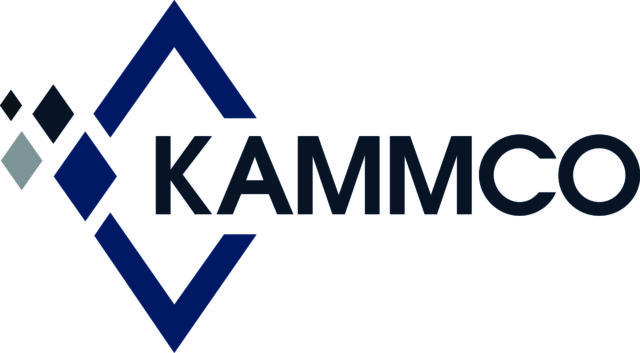FEDERAL NEWS
OSHA Emergency Temporary Standard
Employers must comply by July 6th, with provisions involving physical barriers, ventilation, and training by July 21st. OSHA just published a COVID-19 Plan Template on its resources page to assist employers in compliance. A summary of the ETS outlines its requirements. LeadingAge is recording a webinar to educate members on the ETS and its compliance requirements. This will be available for free to all members next week. The link will be sent out soon.
STATE NEWS
How to Calculate Your Extra $15/day Medicaid Payments (Approval Still Pending)Additional relief funds from the State of Kansas are likely on their way. Pending approval of a state plan amendment, providers will receive $15 per Medicaid resident day based on utilization in 2020 and 2021 (portions of each year, as indicated below).
To estimate the amount of funds your facility might receive, you can perform the following calculation:
- Go to your 2020 Kansas Medicaid Cost Report, and identify total Medicaid resident days (reported on line 48A of the Cost Report Cover Page)
- Divide the total Medicaid days by 365 to calculate the daily average Medicaid census.
- Multiply the daily average Medicaid census (from step 2) X 178 days to calculate estimated Medicaid resident days for the funding portion of 2020.
- Multiply estimated 2020 Medicaid resident days (from step 3) X $15 to calculate the funding amount attributed to 2020.
- Multiply the daily average Medicaid census (from step 2) X 181 days to calculate estimated Medicaid resident days for the funding portion of 2021.
- Multiply estimated 2021 Medicaid resident days (from step 5) X $15 to calculate the funding amount attributed to 2021.
Example:
- Total Medicaid Days reported on line 48a of the 2020 Medicaid Cost Report for Facility XYZ – 15,000
- Daily Average Medicaid Census (15,000 / 365 days) = 41.10
- Estimated Medicaid Resident Days for 2020 Funding (41.10 X 178) = 7,315.80
- Estimated Funding for 2020 (7,315.80 X $15) = $109,737
- Estimated Medicaid Resident Days for 2021 Funding (41.10 X 181) = 7,439.10
- Estimated Funding for 2020 (7,439.10 X $15) = $111,586.50
- Total Funding ($109,737 + $111,586.50) = $221,323.50
An alternate approach would be to perform steps 1 and 2 above, and then multiply the daily average Medicaid census (from step 2) X 359 days to calculate estimated Medicaid resident days for funding attributed to portions of 2020 and 2021.
- Total Medicaid Days reported on line 48a of the 2020 Medicaid Cost Report for Facility XYX – 15,000
- Daily Average Medicaid Census (15,000 / 365 days) = 41.10
- Estimated Medicaid Resident Days for 2020/2021 Funding (41.10 X 359) = 14,754.90
- Estimated Funding for 2020/2021 (14,754.90 X 359) = $221,323.50
It is believed the amount will be paid in one lump sum.
Please let us know if you have any questions.
LEADINGAGE KANSAS NEWS
Friday Webinars Have the Latest COVID Info
Make plans to join us each Friday at 10 AM. Register here.
LEADINGAGE NATIONAL NEWS
Webinar on Complying with New Provider Relief Fund Reporting Requirements – July 27th, 1-2:30 PM CDT
Beginning July 1st you have 90 days to report on your Provider Relief Funds use. The webinar will cover what you should be paying attention to, how reporting will intersect with other assistance you may have received during the pandemic, and how HHS reporting guidelines will impact your lost revenue calculations. Register for this webinar.
LeadingAge Meets with HHS Assistant Secretary for Health
We had a “meet and greet” with Dr. Rachel Levine, the new HHS Assistant Secretary for Health today. Dr. Levine raised her concerns about vaccine confidence among nursing home staff and offered to work with LeadingAge on the issue.
RESOURCES
The Pandemic Playbook
The Pandemic Playbook is an interactive online tool compiled by LeadingAge. It is filled with a curated set of lessons, links, videos, images, podcasts, and resources from across the field.
New Metric Identifies Coronavirus Hotspots in Real Time: NIH Director Francis Collins comments on NIH-funded researchers discovering a clever workaround to detect more accurately where COVID-19 hotspots are emerging, focusing on the actual amount of virus present in a positive COVID diagnostic test, not just whether the test is positive or negative.
THANK YOU TO OUR GOLD PARTNER




